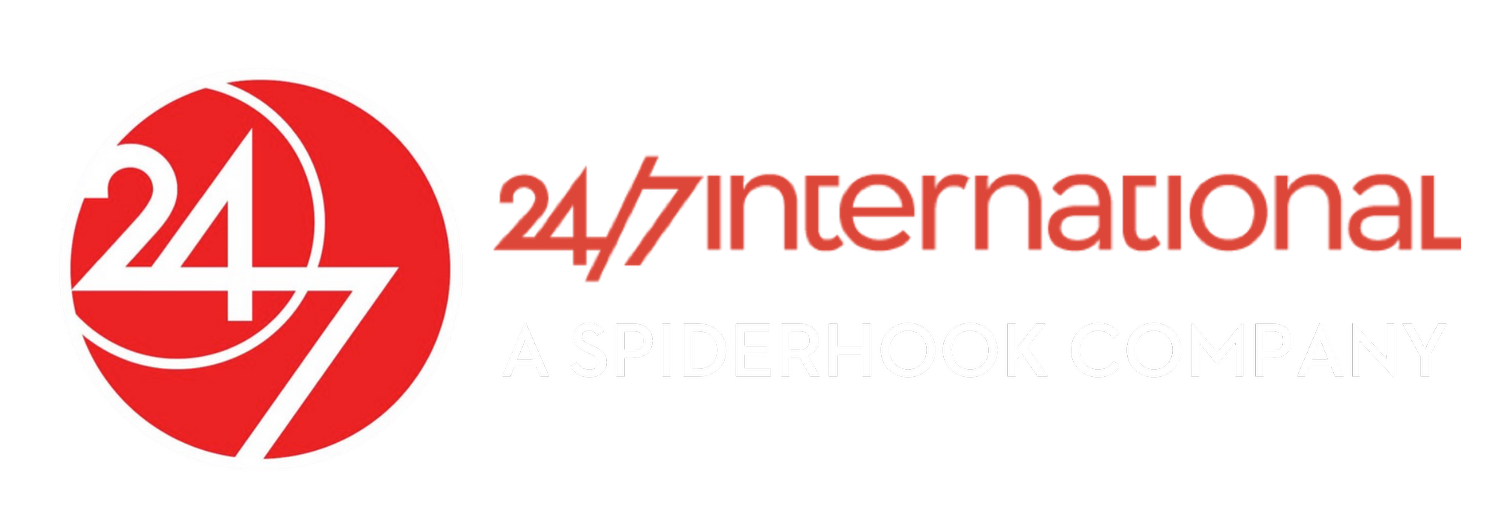Why should you move to SAP S/4HANA today?
SAP will stop supporting old ERP systems in 2027
It could take two years or more to migrate to S/4 Hana
It helps you avoid paying a premium cost
You can avoid the spike in consultant charges
There are not enough alternatives for SAP S/4HANA
Overview
The article highlights the urgency for organizations to transition from legacy ERP systems to SAP S/4HANA before SAP discontinues support in 2027.
This transition is crucial to avoid resource shortages, increased costs, and competitive disadvantages as businesses migrate simultaneously.
Early planning and engagement with experienced consultants are essential for a successful transition, safeguarding organizations against resource scarcity and escalating costs.
As SAP prepares to discontinue support for its legacy ERP systems by 2027, organizations are at a crucial crossroads. This transition period brings a surge in demand for SAP consulting partners, necessitating proactive planning to avoid future challenges. Delaying the move to SAP S/4HANA could lead to resource shortages, increased project costs, and hinder overall success.
SAP Will Stop Supporting Old ERP Systems in 2027
SAP has announced that it will discontinue support for legacy ERP systems by 2027, a decision that significantly impacts businesses still using these outdated platforms. Organizations relying on older systems now face a critical crossroads. As many companies prepare to migrate simultaneously, concerns about the availability of qualified SAP resources increase, potentially driving up costs and creating resource shortages.
Delaying this transition poses substantial risks, including competition for essential resources among businesses. By proactively moving to SAP S/4HANA before 2027, organizations can ensure a smoother migration, mitigate resource constraints, and position themselves for ongoing stability and innovation.
It Could Take Two Years or More to Migrate to S/4HANA
The timeframe for migrating to SAP S/4HANA, spanning two years or more, is intricately tied to the intricacies of your current system. This duration aligns with an iterative and agile approach, designed to minimize risks and business impacts while expediting the return on investment.
Factors influencing this timeline encompass thorough data streamlining, customizations, and adherence to licensing requirements. These elements play a pivotal role in ensuring a smooth, de-risked, and successful system conversion. That’s why completing the transition on time is critical.
It Helps You Avoid Paying a Premium Cost
In the coming years, the demand for SAP consulting partners is expected to surge as businesses strive to meet the 2027 deadline. To ensure a timely transition, organizations will increasingly require expertise in SAP and cloud solutions. Delaying your migration could make it difficult to secure qualified assistance, resulting in a shortage of skilled professionals when you need them most.
As the urgency surrounding the situation grows, there’s a heightened risk of potential price inflation of these essential services. Initiating SAP S/4HANA conversion not only positions your business to meet crucial deadlines but also mitigates the risk of having to pay a premium for assistance. This safeguards your budget with the advanced capabilities of this comprehensive system.
You Can Avoid the Spike in Consultant Charges
Adopting a last-minute approach in SAP S/4HANA migration often leads to a scarcity of skilled consultants, driving up demand and rates for their services. This surge in demand for experts, pivotal for a seamless transition, amplifies the associated costs.
Consultants may adjust their rates in response to heightened demand. While this pricing adaptation aligns with market conditions, it can be financially challenging for businesses, especially in anticipation of reduced project availability as organizations complete their transitions.
To counteract this surge, businesses are encouraged to embrace early planning. This ensures early access to skilled professionals at more reasonable rates, facilitating a cost-effective and efficient transition to HANA.
There are Not Enough Alternatives for SAP S/4HANA
The restricted availability of qualified and experienced resources becomes increasingly apparent as the looming deadline draws near. Securing experts is progressively difficult for organizations during the final stages.
This scarcity underscores the need for practical and proactive planning. Waiting until the last moment may hamper your ability to secure necessary expertise, leading to complications during migration.
Engaging with experts like 24/7 International ensures a well-prepared and successful transition to SAP S/4HANA, mitigating risks associated with resource scarcity for a smoother experience.
Key Takeaway
These are the essential factors on why should you move to SAP S/4HANA. By migrating to this system, businesses can ensure a smoother transition, mitigate resource constraints, and position themselves for continued stability and innovation.
Experience the power of innovation and efficiency with our world-class ERP system. Don't hesitate to connect with us to embark on your journey of business transformation. Contact us here and discover how 24/7 International can tailor SAP HANA solutions to precisely meet your unique business needs.



